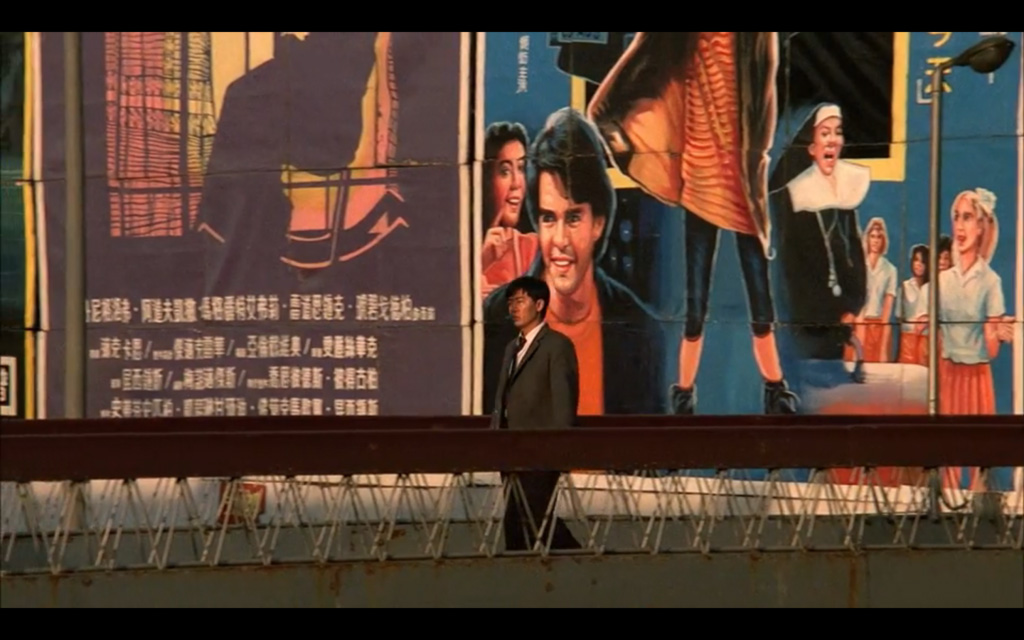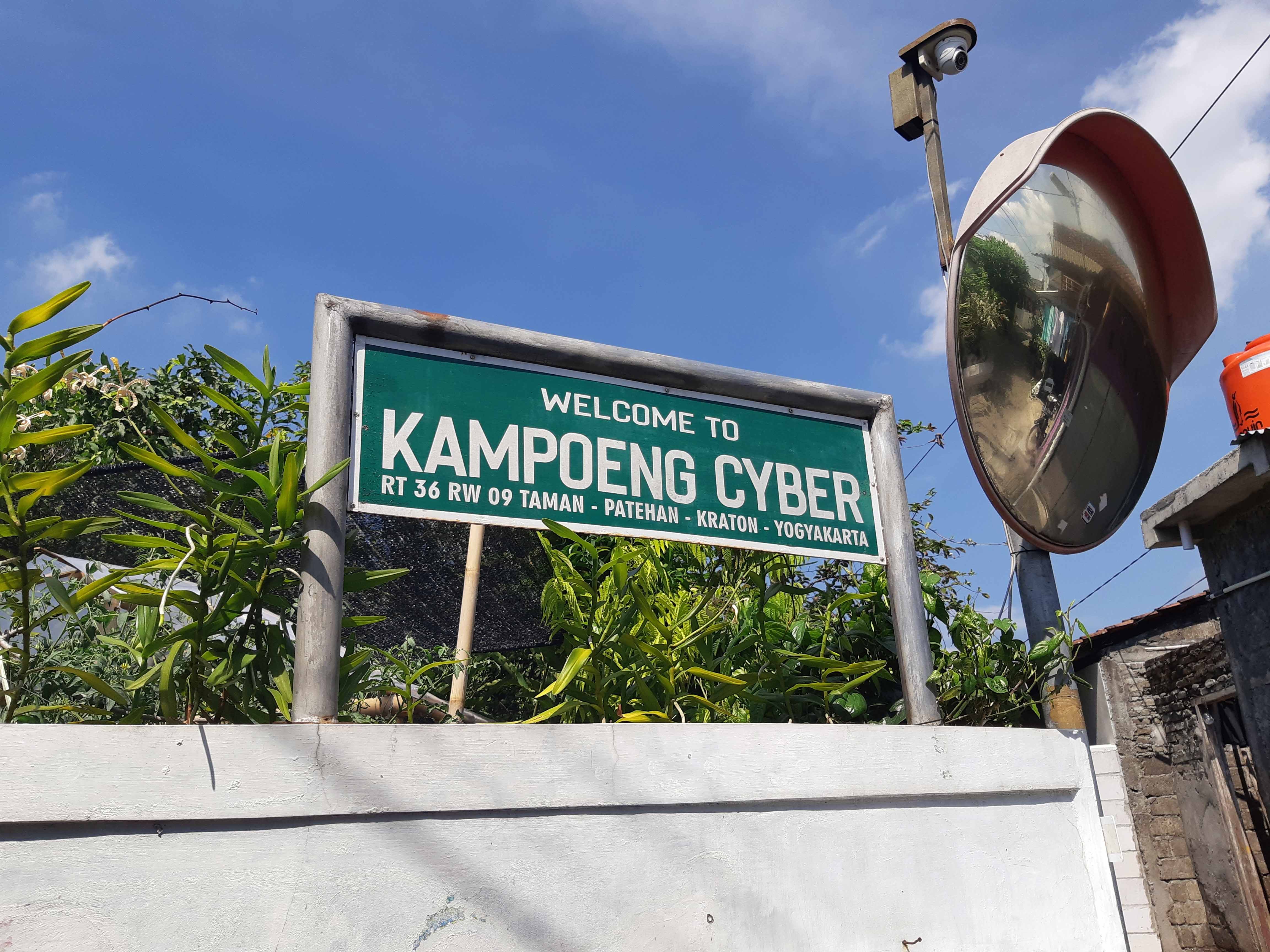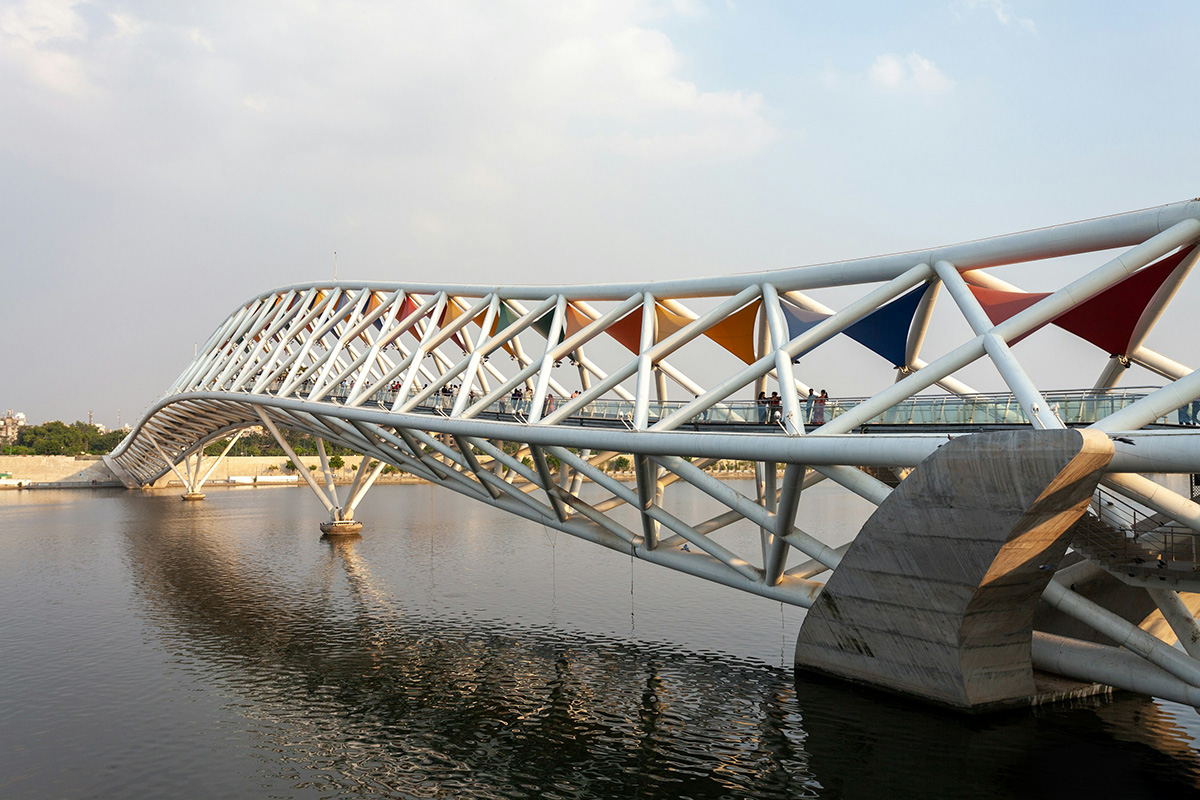Georg Simmel, a German social thinker who would become the precursor of sociology, wrote a seminal article entitled “The Metropolis and Mental Life”. It addresses the question of how the metropolitan social structure and ways of life alter our mind and senses. In a fully industrialized capitalistic metropolis, Simmel believes, two contradictory outcomes are produced. On one hand, monetary value becomes an abstract standard in a profit-driven market society, stamping out the unique individuality of every individual person or thing. Every commodity and human relationship may become interchangeable with each other, dictated by the dollar. The complexity of metropolitan life, under the economic dominance of the market, has to be standardized and rationalized in terms of both quality and process. On the other hand, the enormous flow of population and commodities from around the world is channeled into the big city, exposing human perception to an onslaught of sensory bombardment. This relentless stimulation forces individuals to take refuge inwards and construct a sensory shield from anything not related to oneself in order to protect them from being overwhelmed.
Simmel’s theory of urban psychology is often read in conjunction with the great achievements of modernist literature and avant-garde art. The inconsistent streams of narratives, the fragmented language and syntax, the hybrid use of languages and in some cases font faces… Don’t they all express a very specifically urban kind of sensibility? Joyce’s esteemed literary works Ulysses and Dublin, Woolf’s revered To the Lighthouse and London, and the eponymous Paterson by William Carlos Williams, all affirm the intricate connection between urban ecology and 20th century modernism. But there is a second half to the story that Simmel and his fellow modernists have omitted: where does the “enormous flow of population and commodities” come from? How do these imperial centers of colonial powers sustain their monstrous wealth?
The answer lies with colonialism itself – the resources extracted by colonial powers and the labor force provided by migrant workers form the bedrock to the explosive growth of the metropolis. This is not to accuse modernism of complicity with colonial oppression, but to explain how cosmopolitan dwellers in these centers of imperial world-systems might be bewildered by the massive diversity of global cultures and imports, unaware of their connections with colonial economies. The modernist sensory explosion correlates with a certain level of ignorance or lack of awareness. Modernism stems from an incompleteness of the perceived reality and is symptomatic of the tendency of bias towards the metropolitan perception with regards to the empire that constructed it.
The rise of East Asian metropolises during the Cold War modified the connection between metropolis and empire. The preeminence of Japan and subsequently the Four Asian Tigers maintained a delicate rapport alongside the consolidating imperial presence of postwar US. The imperial world-system underwent a reconfiguration: empire, no longer the nation-state writ large, became more fluid, capable of flowing across national borders. The relationships between colonial peripheries and imperial centers have also become more ambivalent and complex. Experiences with foreign cultures no longer simply feeds into a Eurocentric cosmopolitanism. Instead, it is cultural imperialism that is framing the connections to these Asian cities, ruled by semi-colonial authoritarian regimes. This is most powerfully illustrated by a sequence from Edward Yang’s Terrorisers: after the male lead carries out his murder, he wanders mindlessly onto the streets which are depicted against a garishly colourful backdrop of violent, sensationalist Hollywood film posters. The violent contortion of the metropolis on human psychology is elegantly rendered in those few seconds. When considering the phenomenon of the metropolis, then, we must be aware of its embeddedness in the empire.






